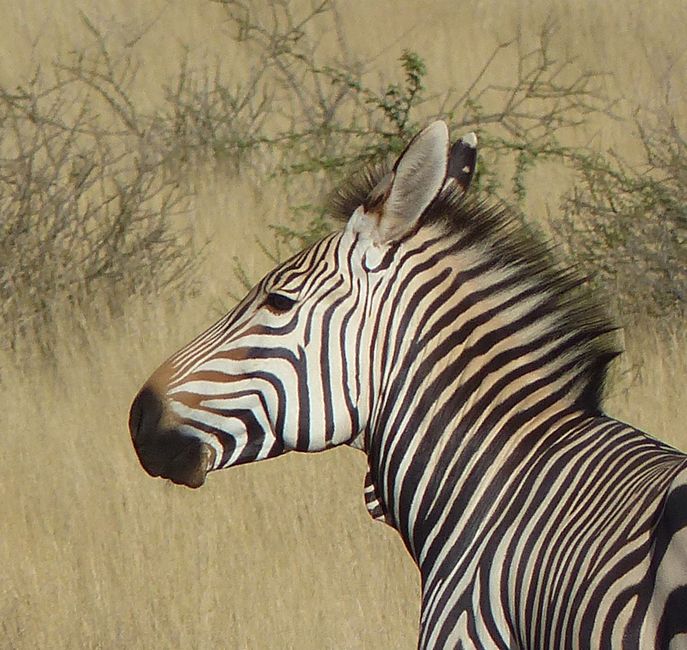Don't trust red sand
Жарыяланган: 15.02.2023
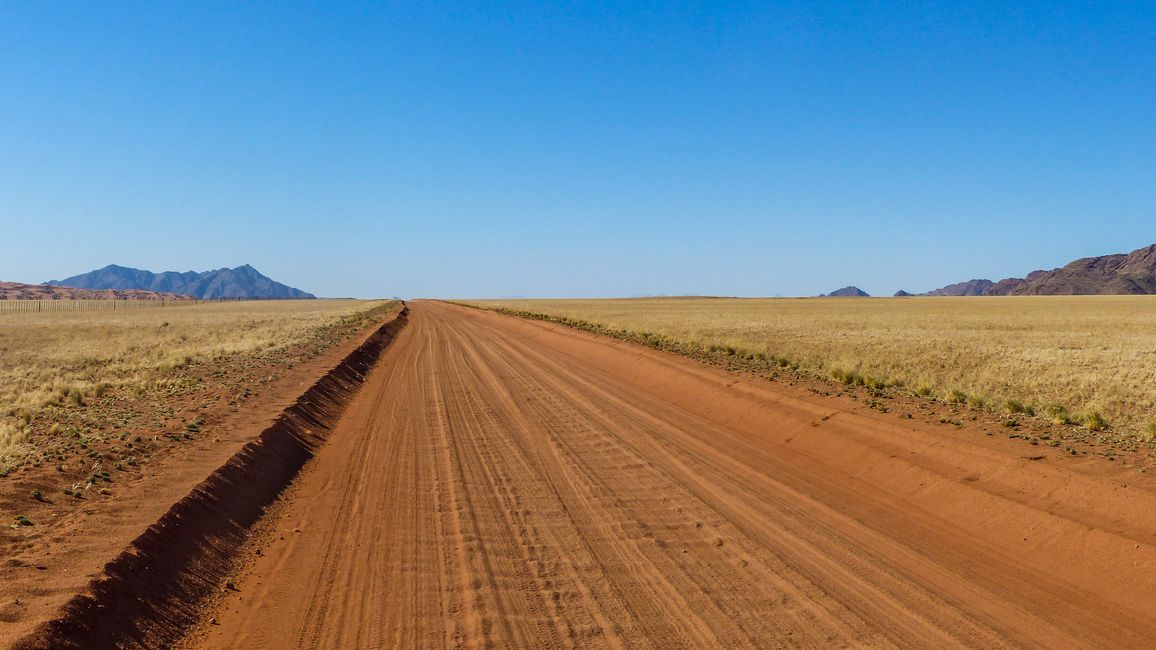
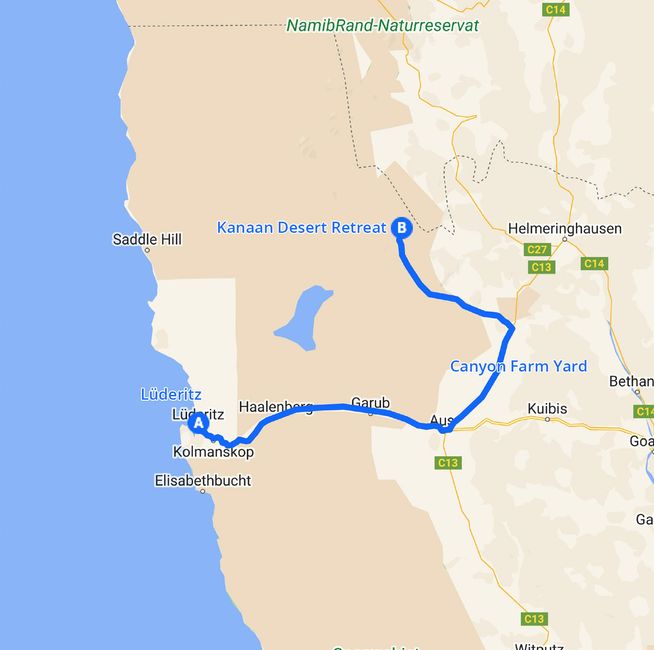
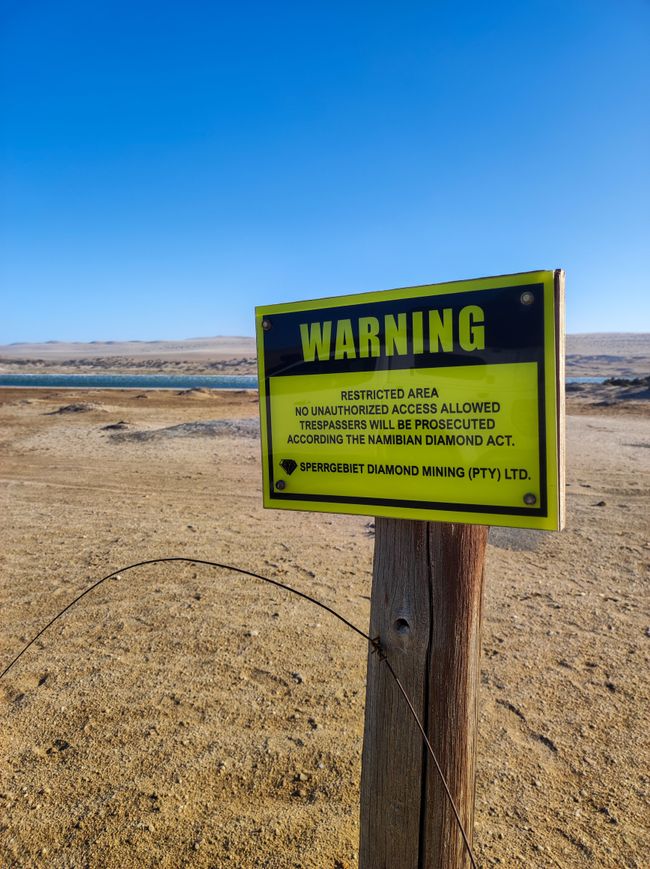
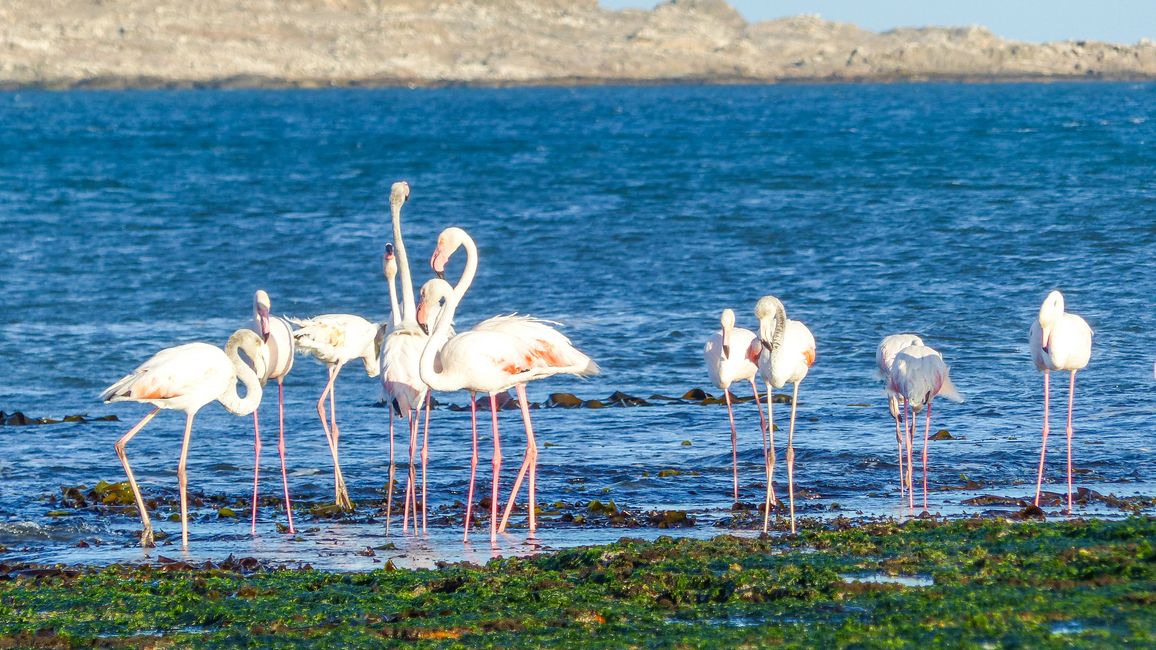
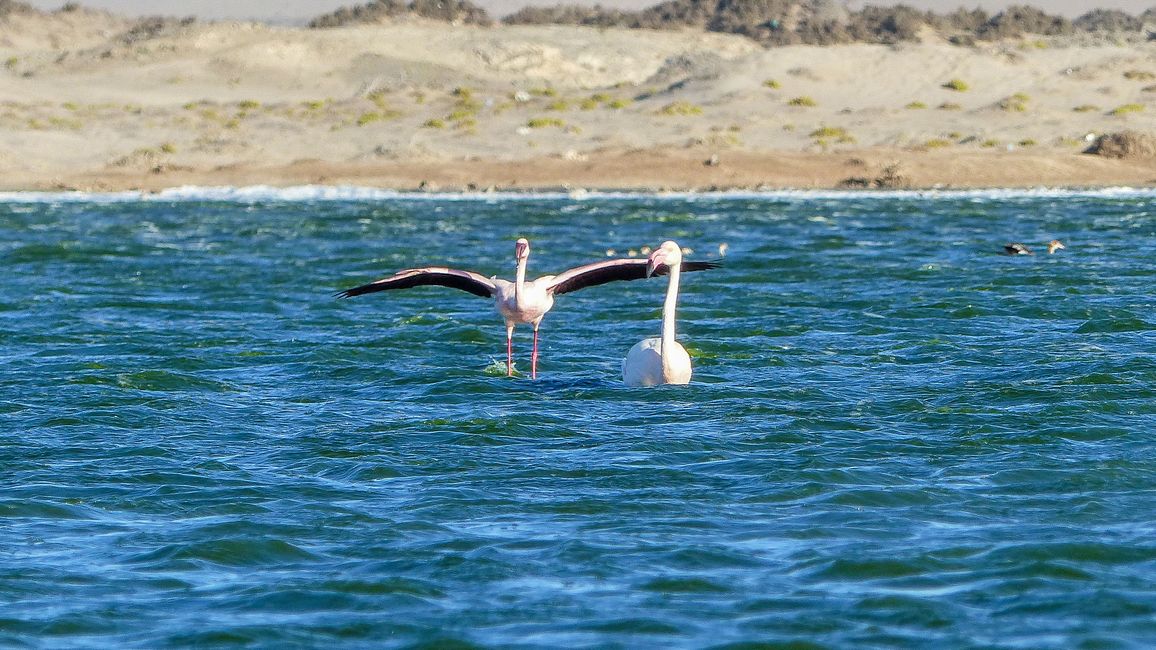
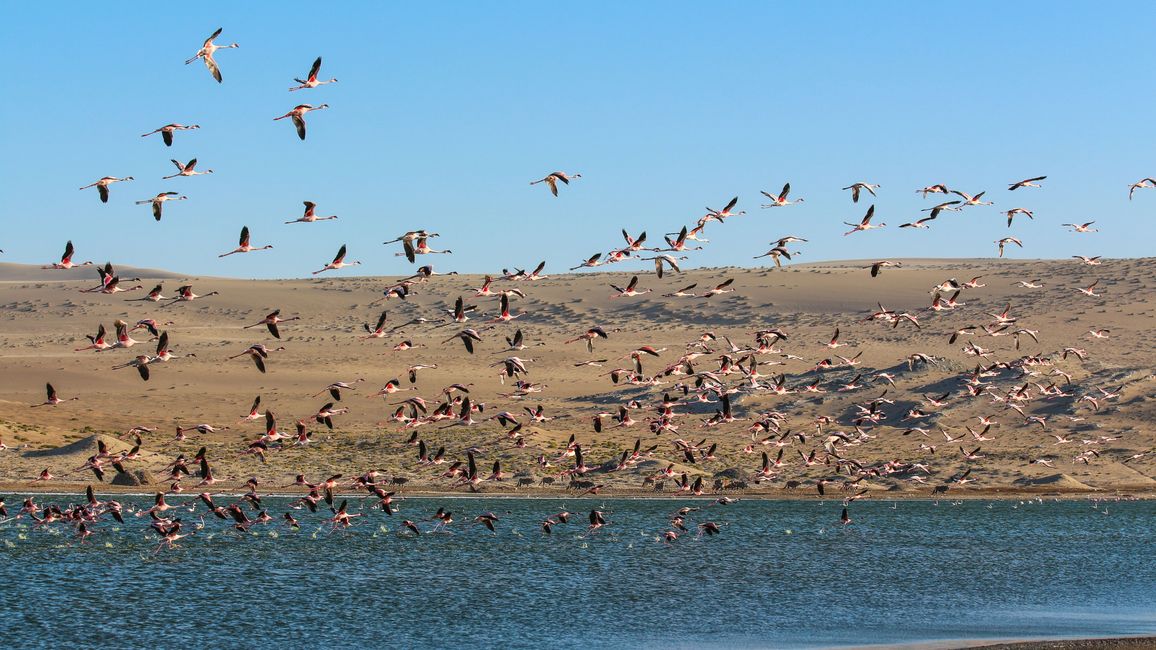
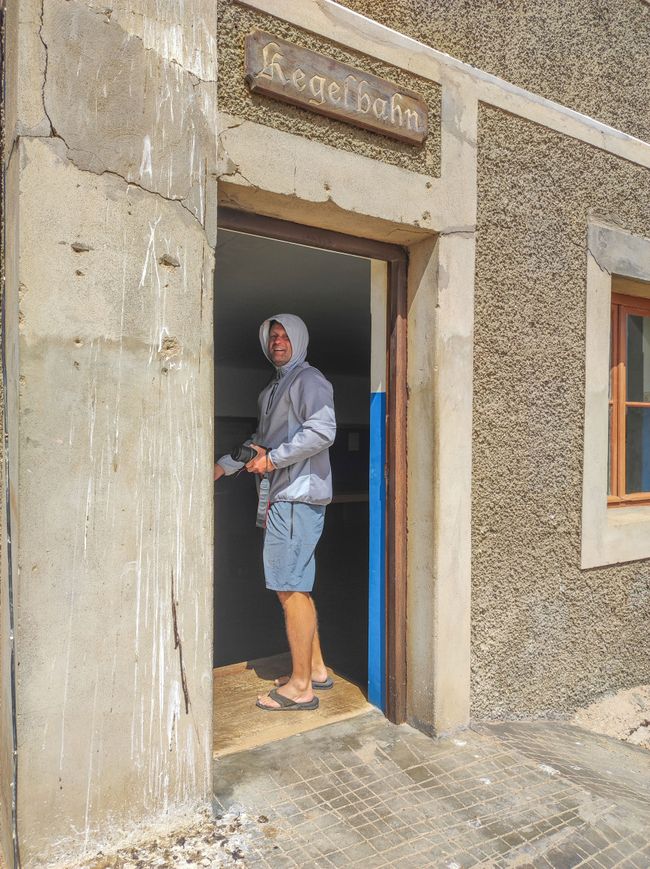
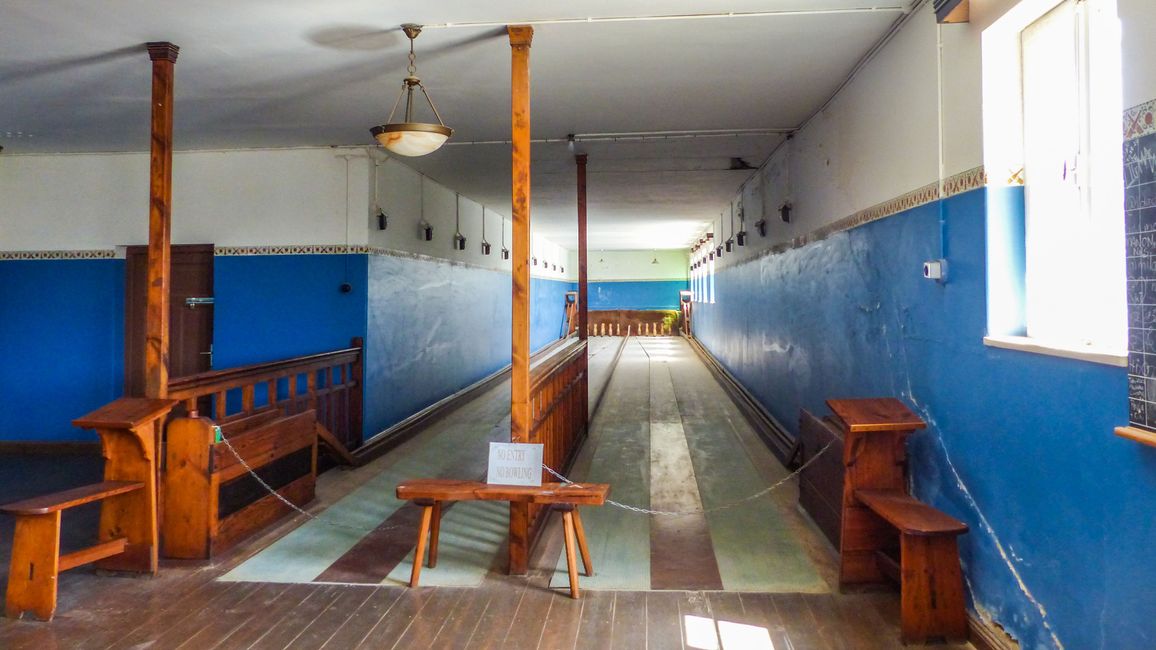
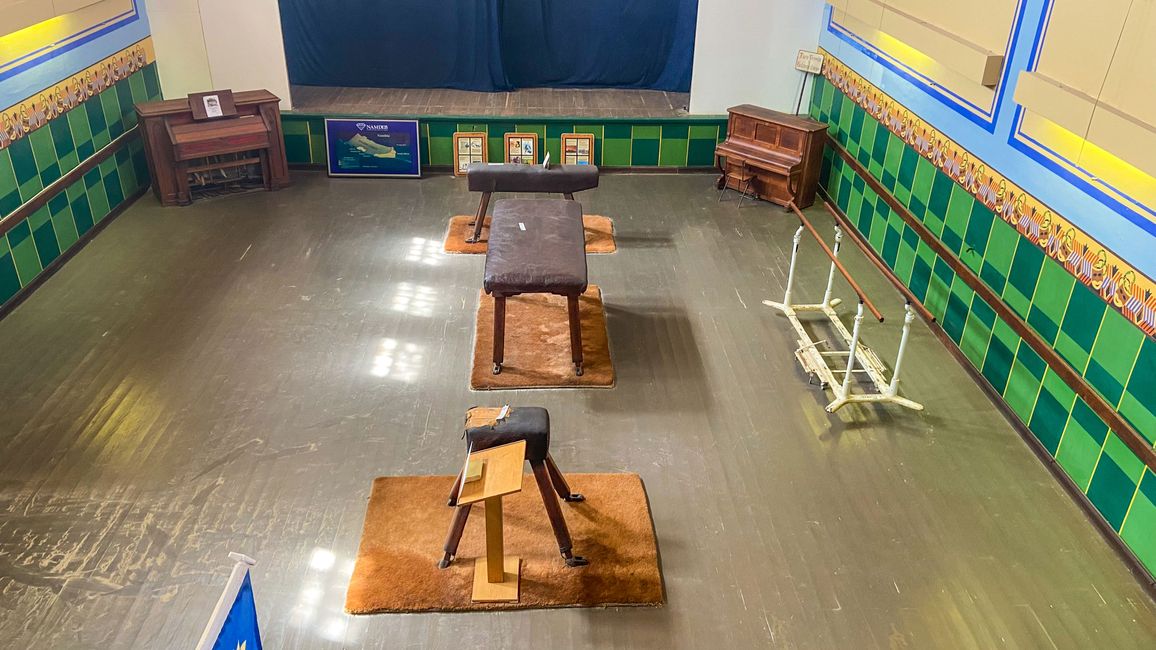
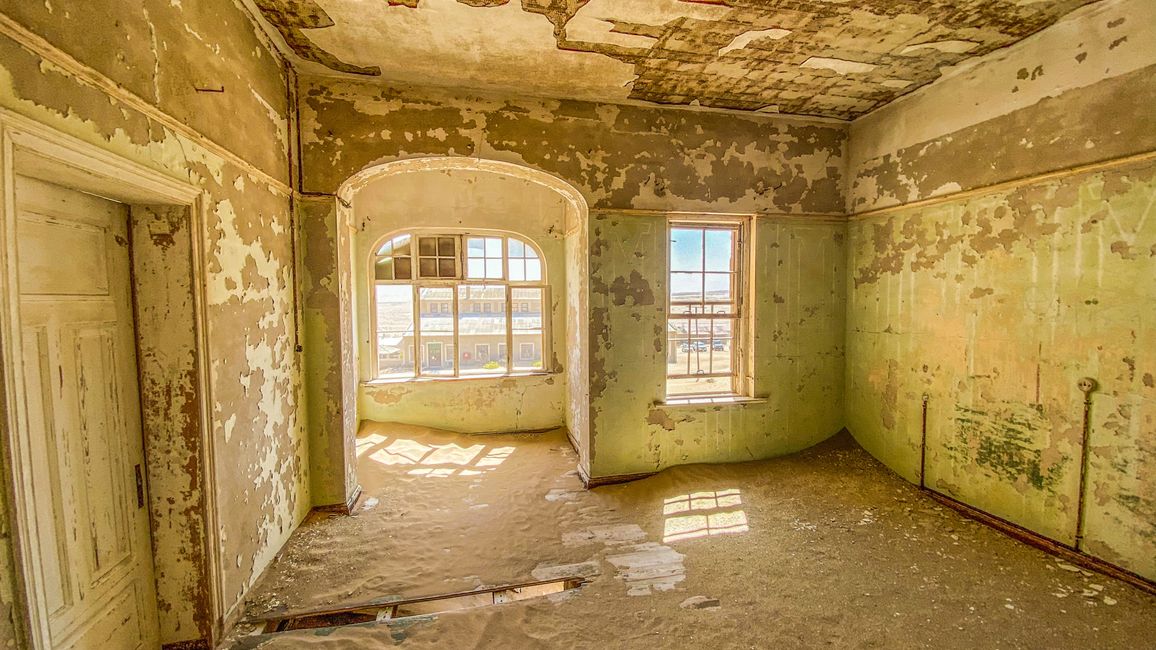
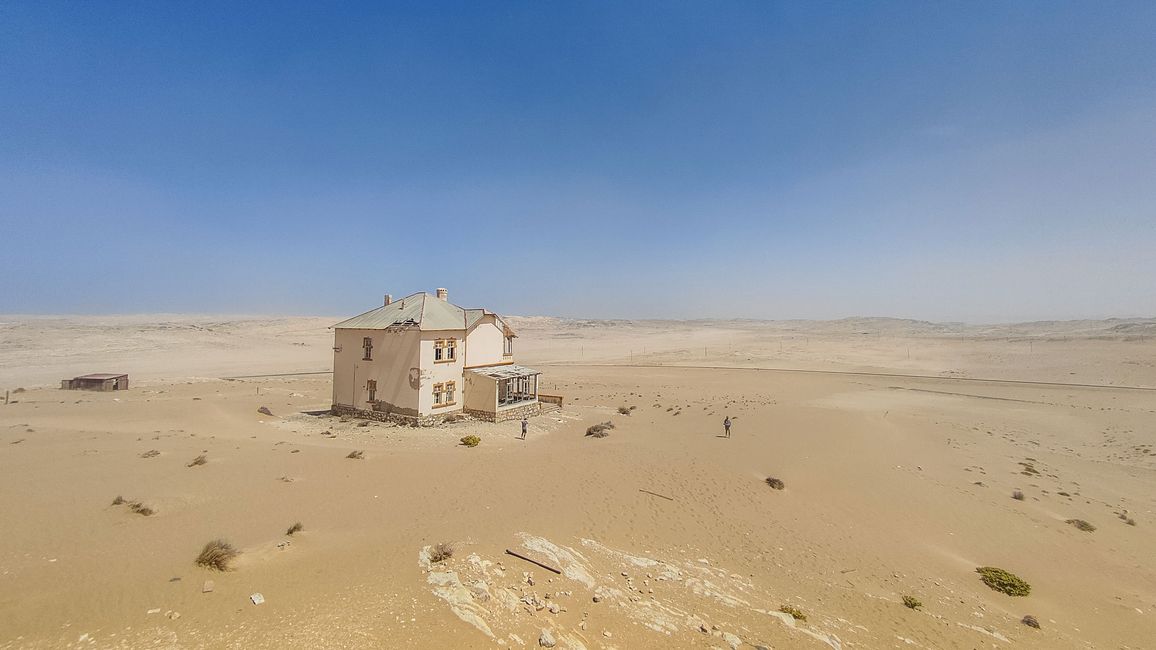
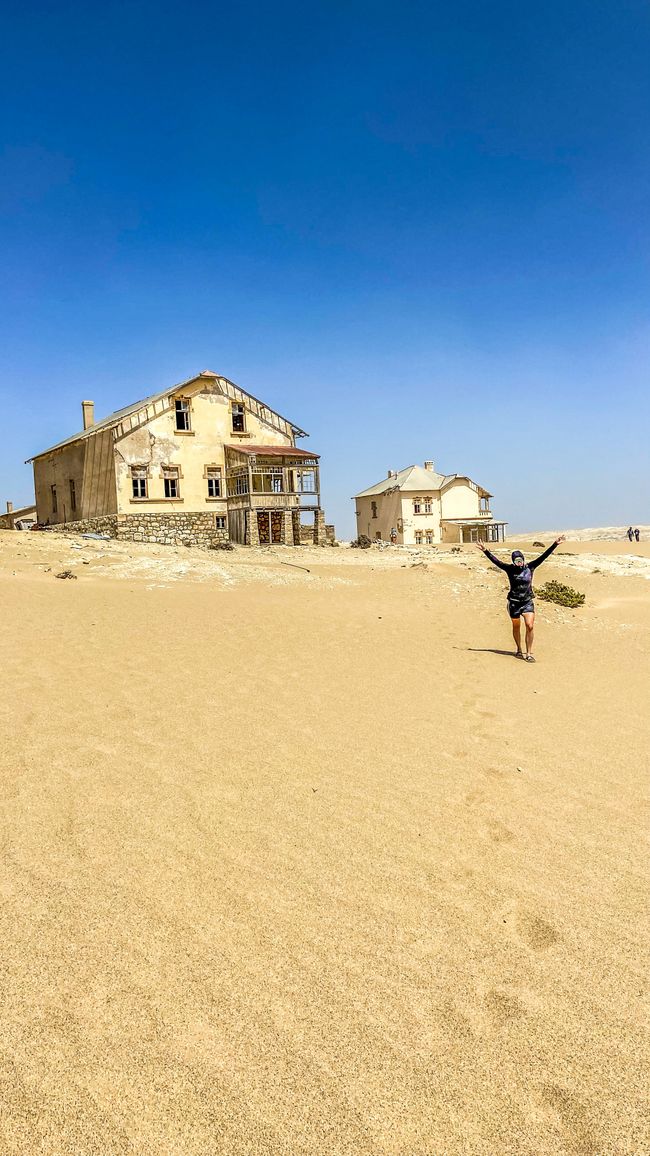
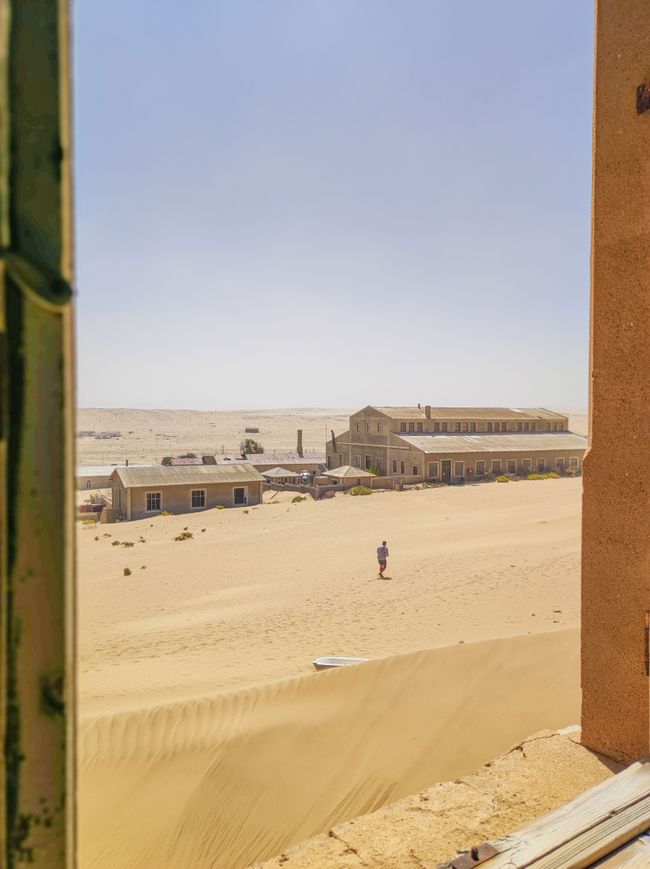
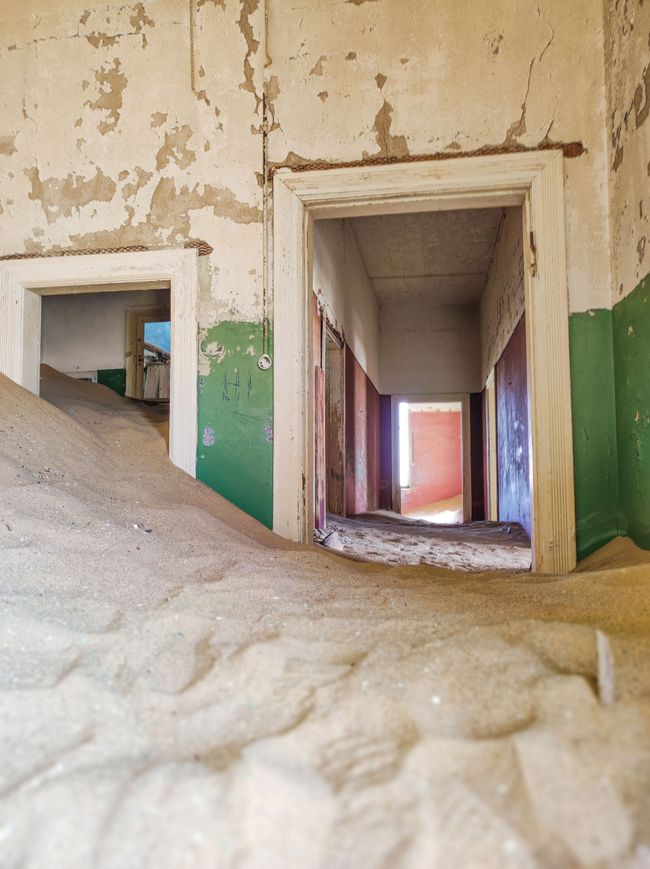
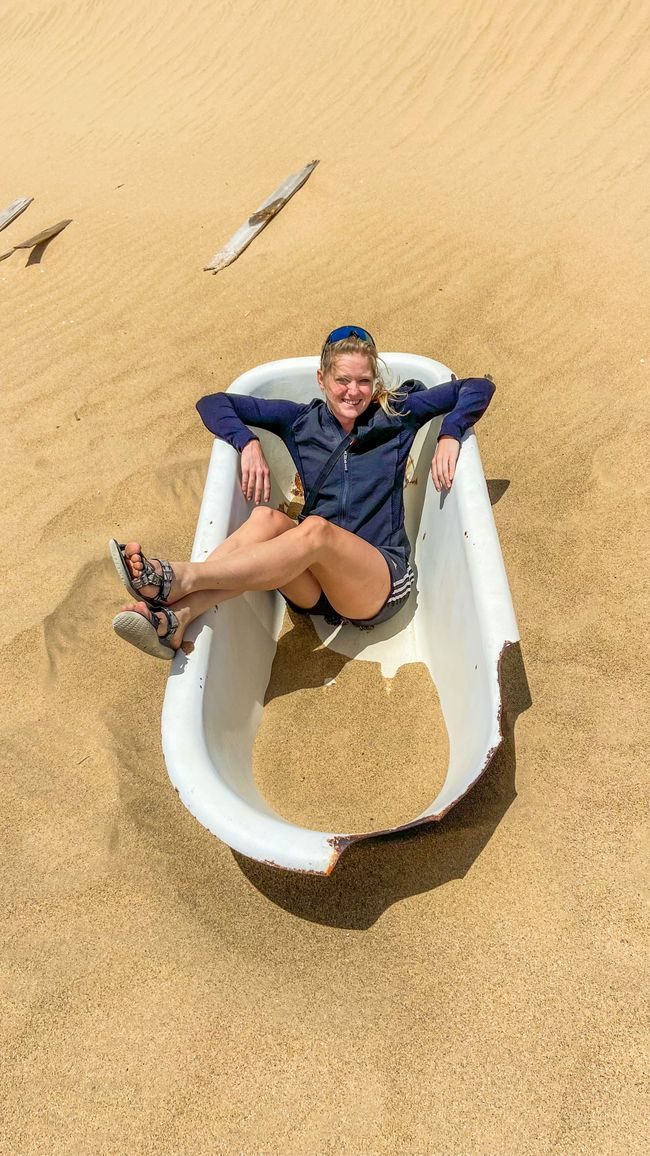
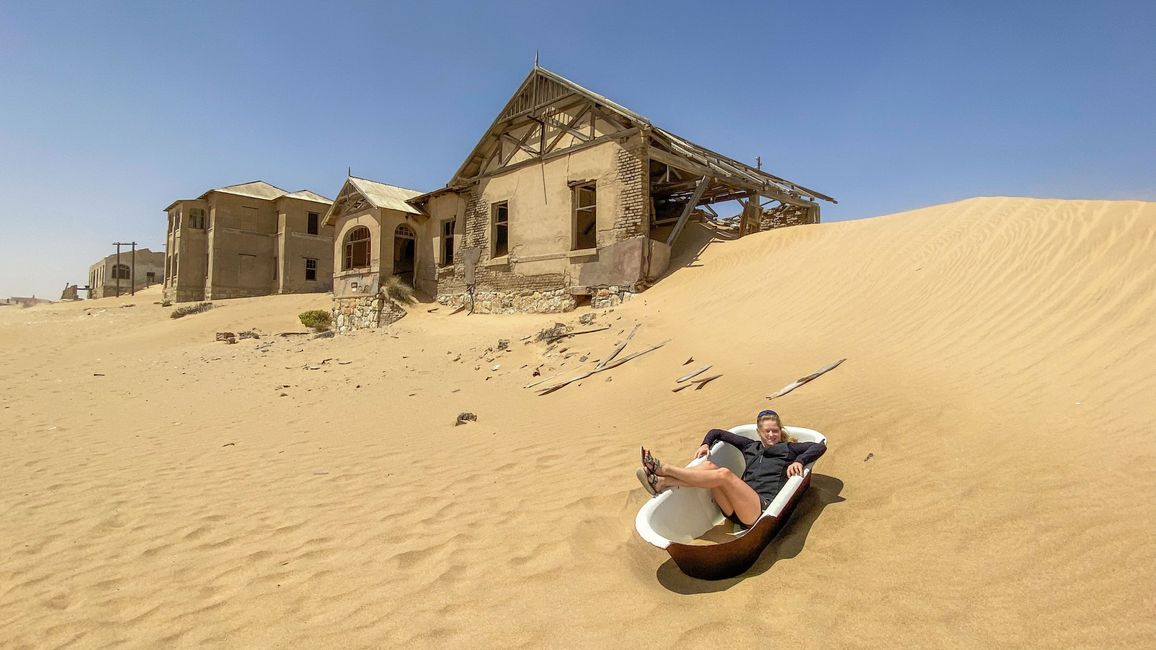
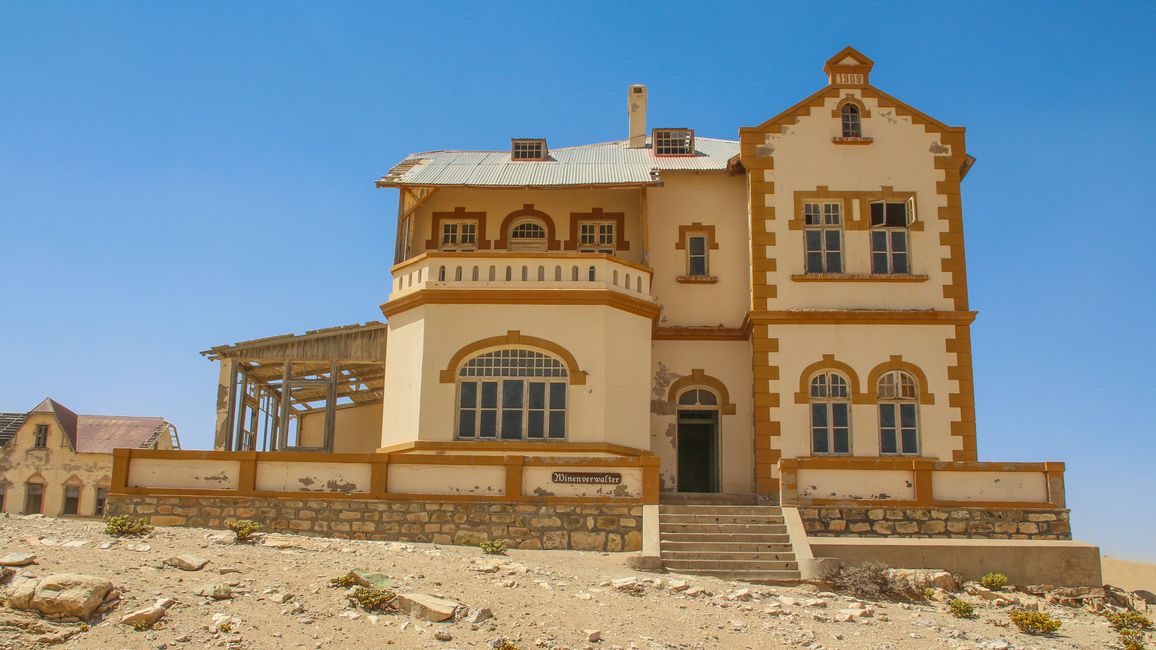
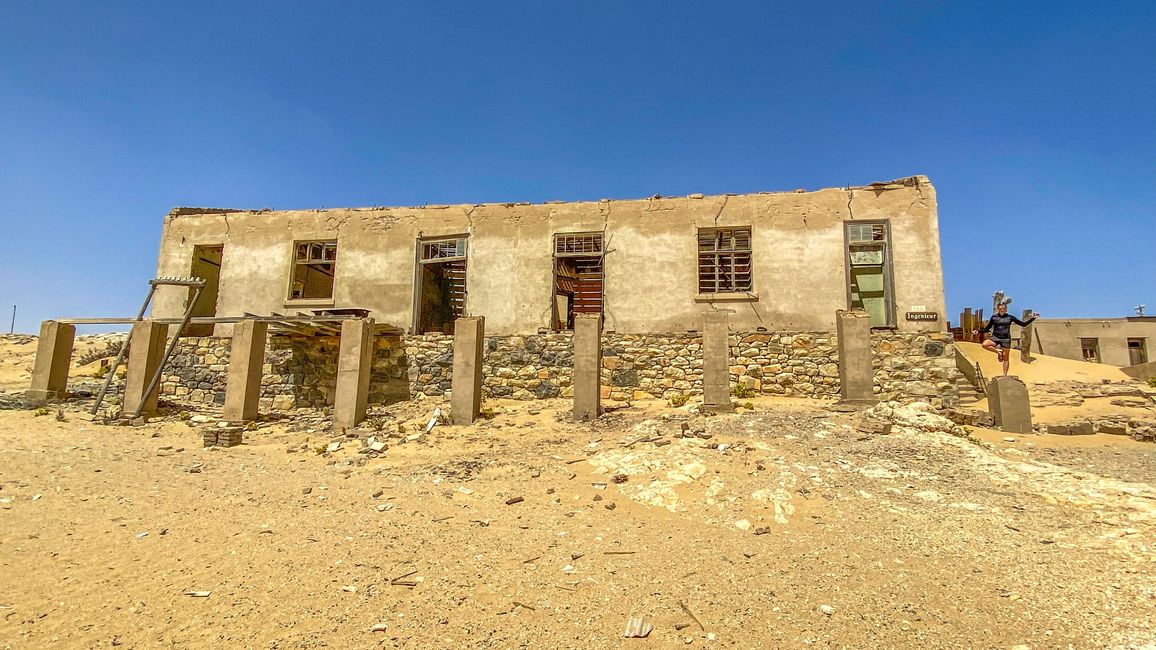
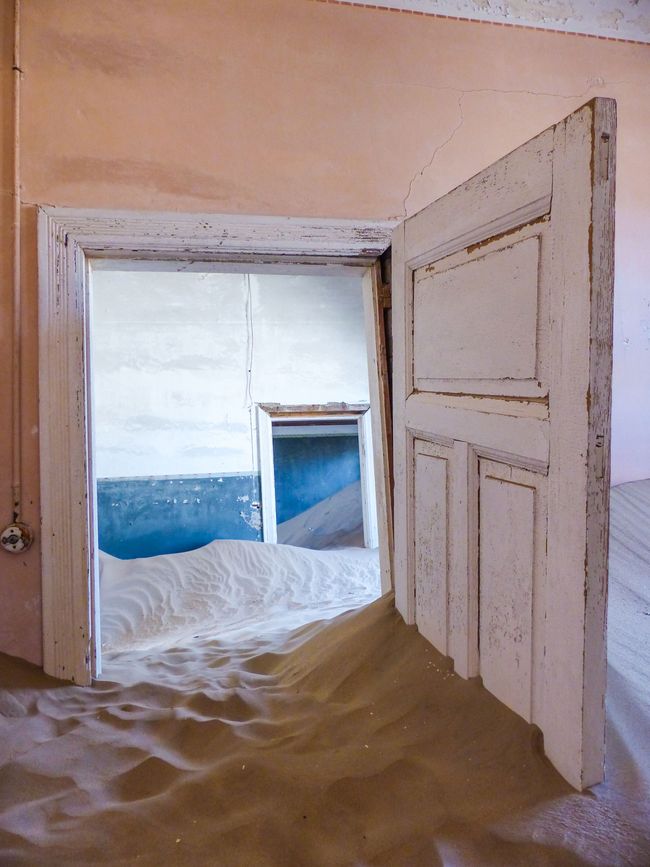
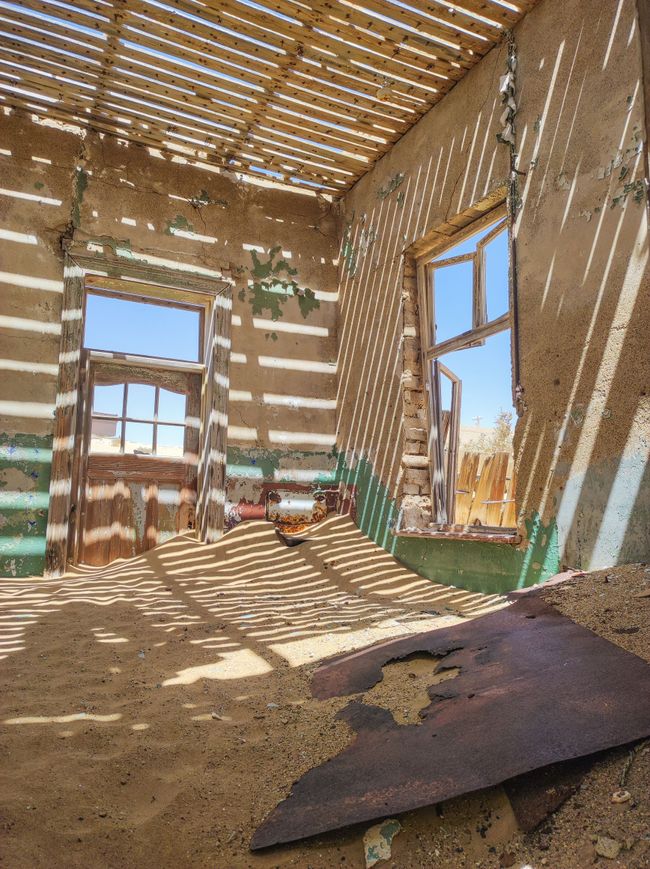
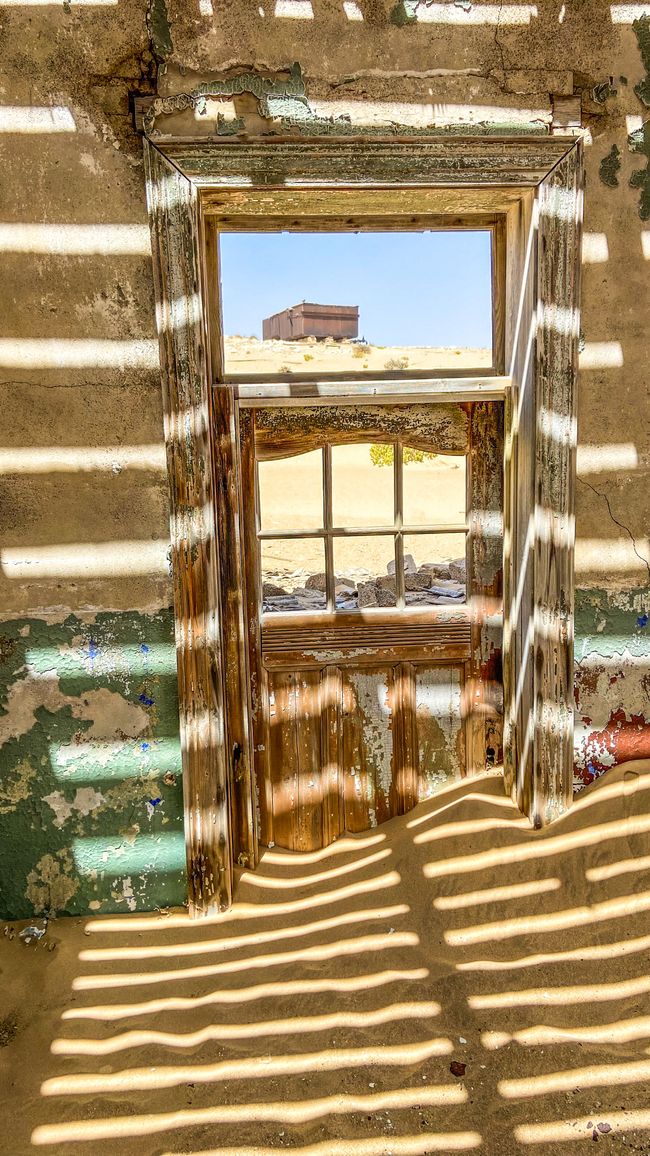
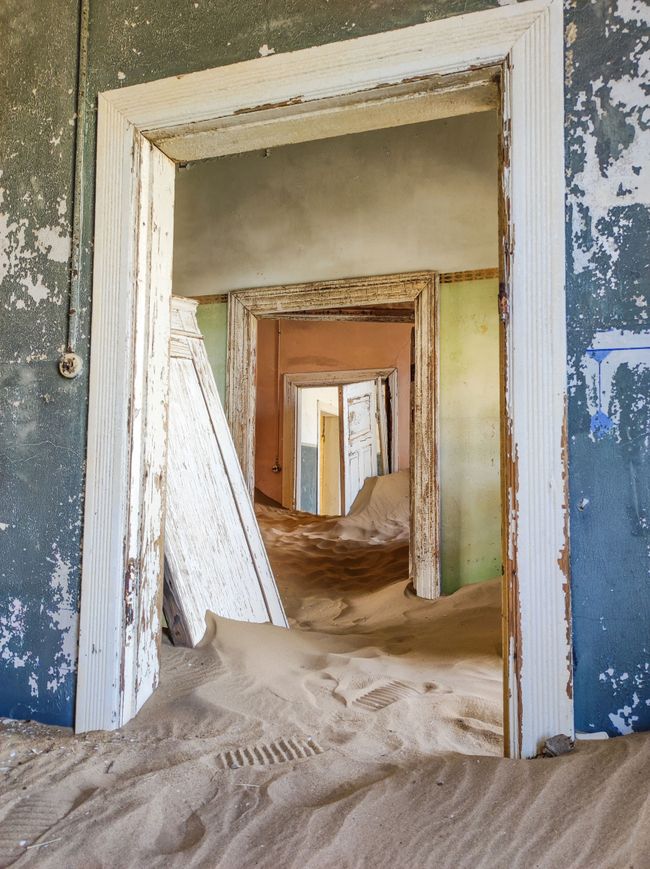
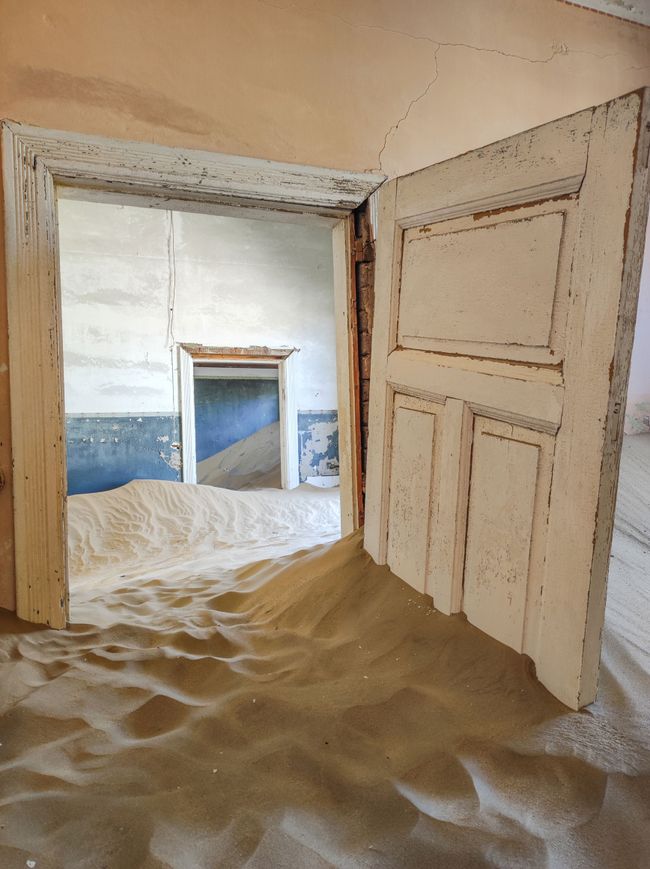
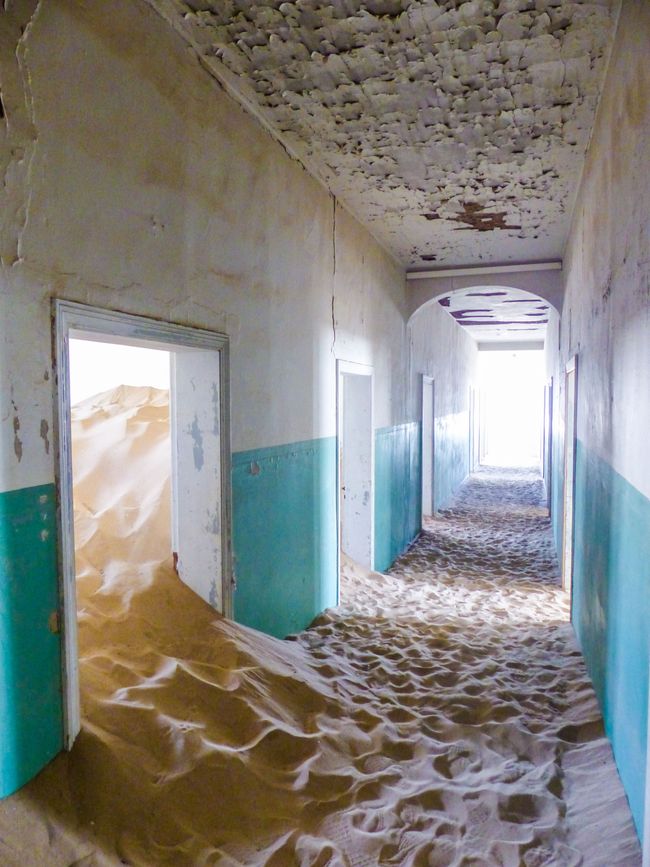
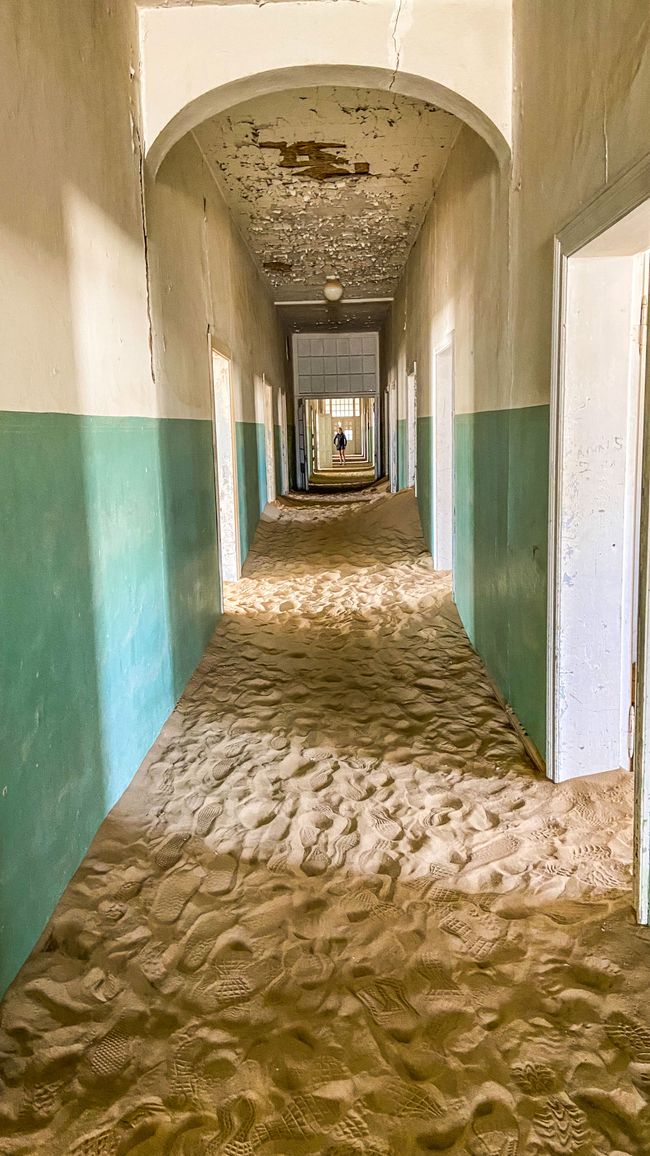
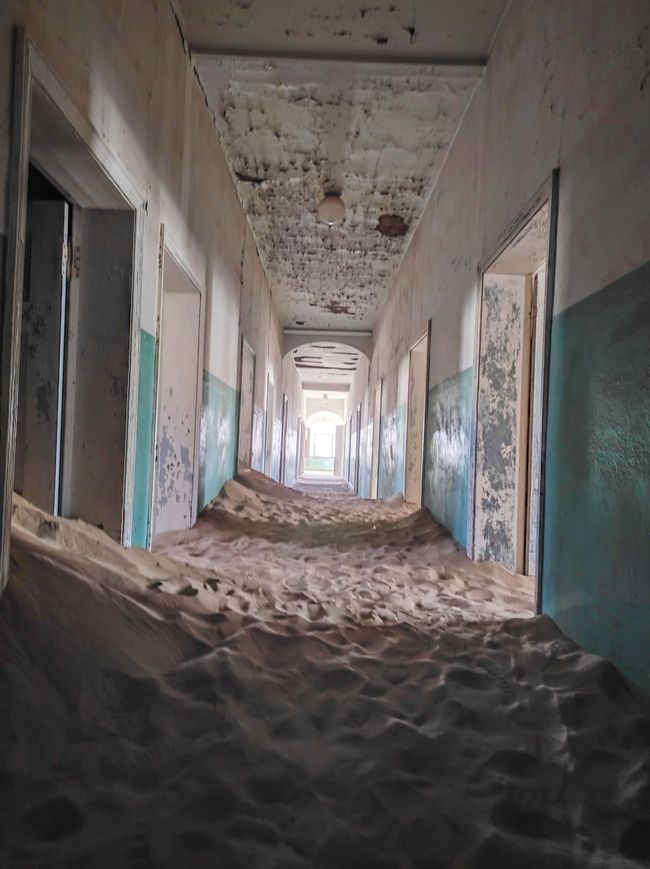
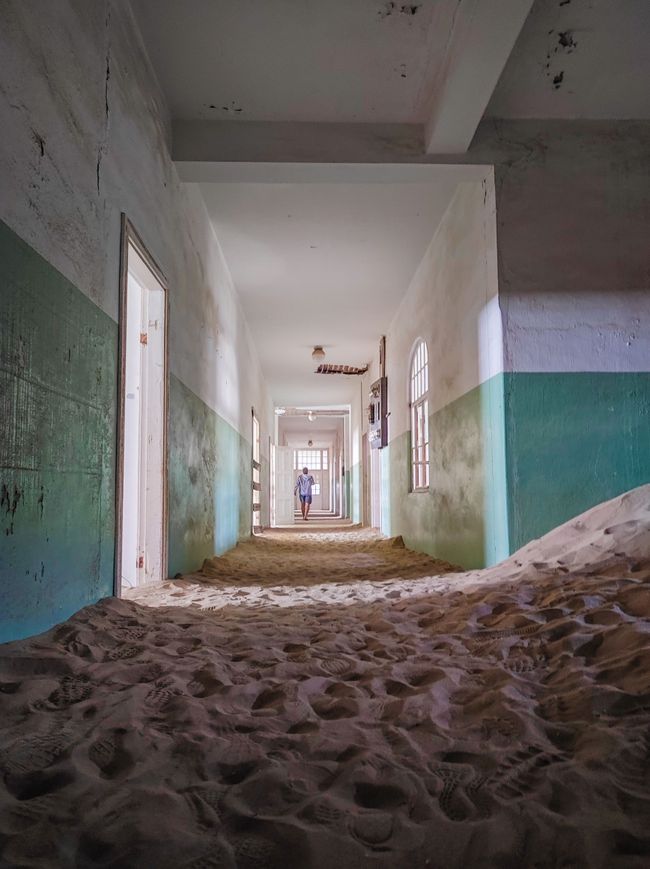
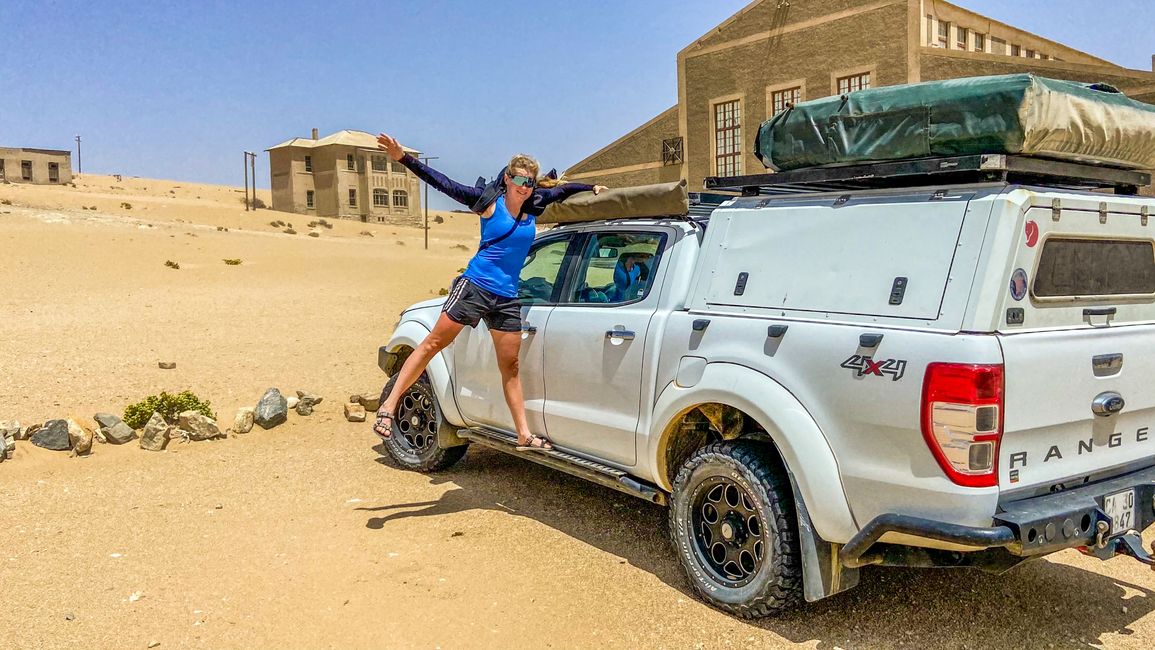
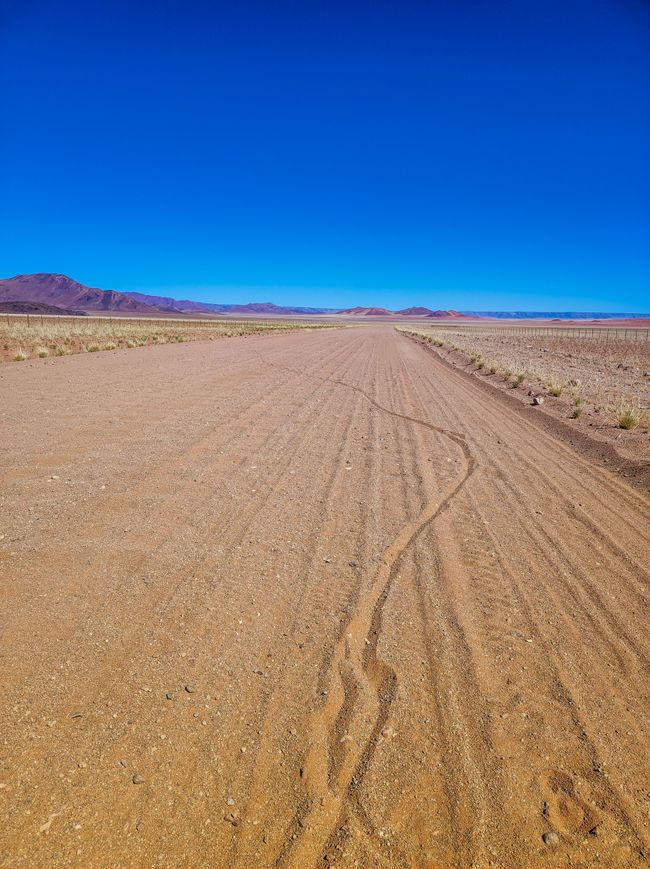
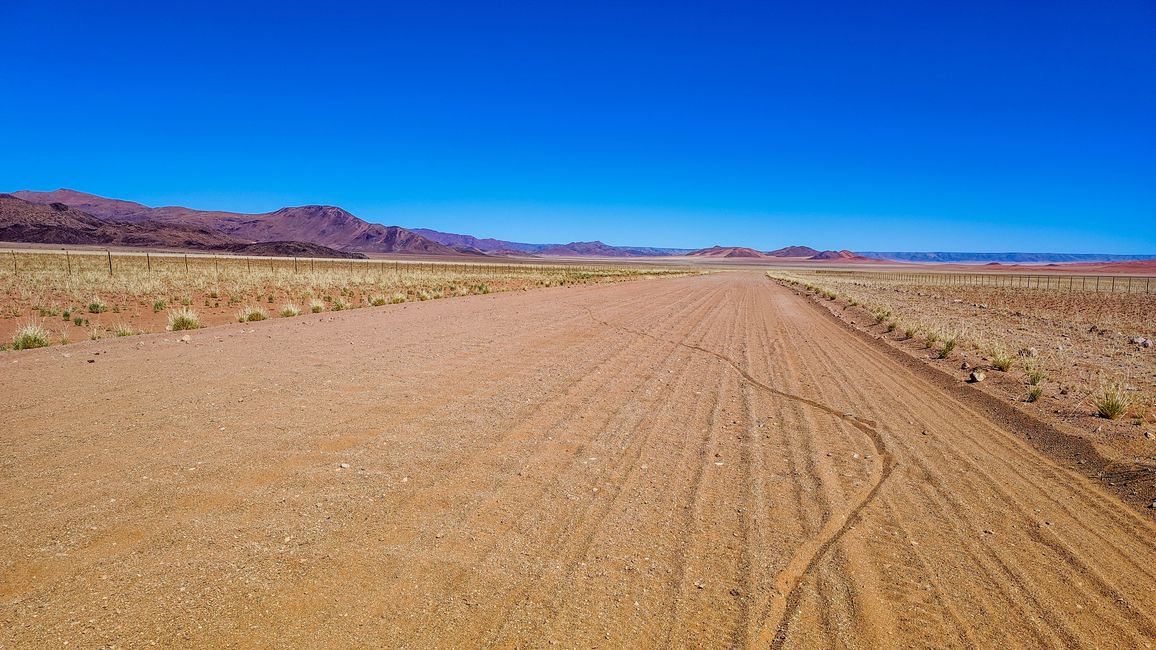
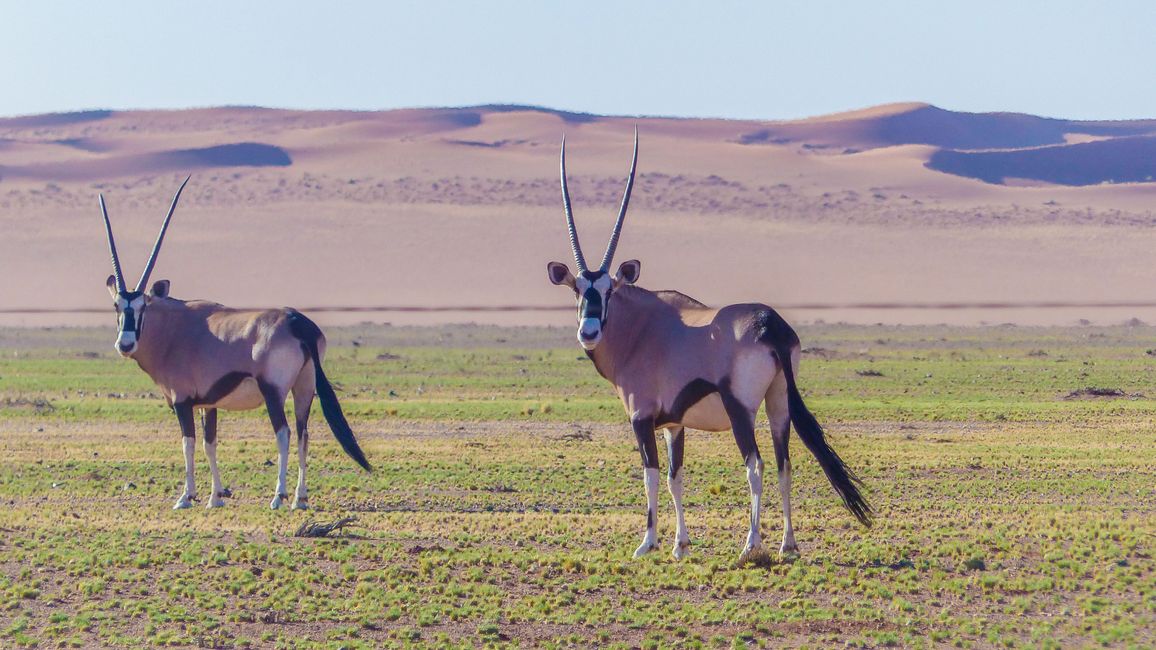
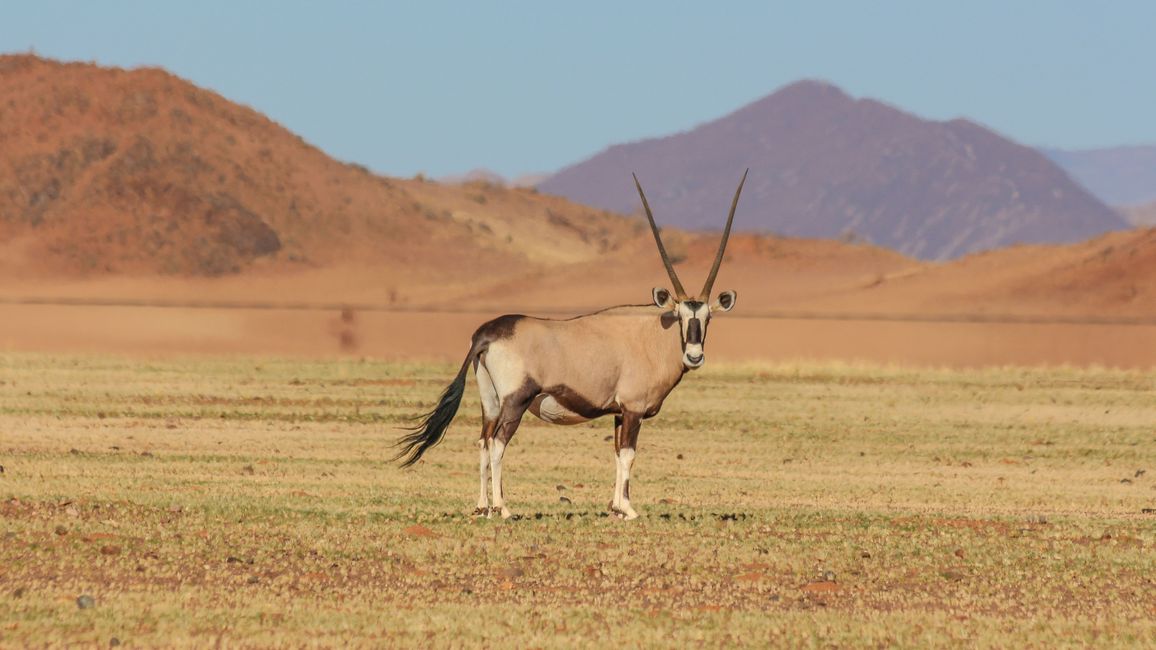
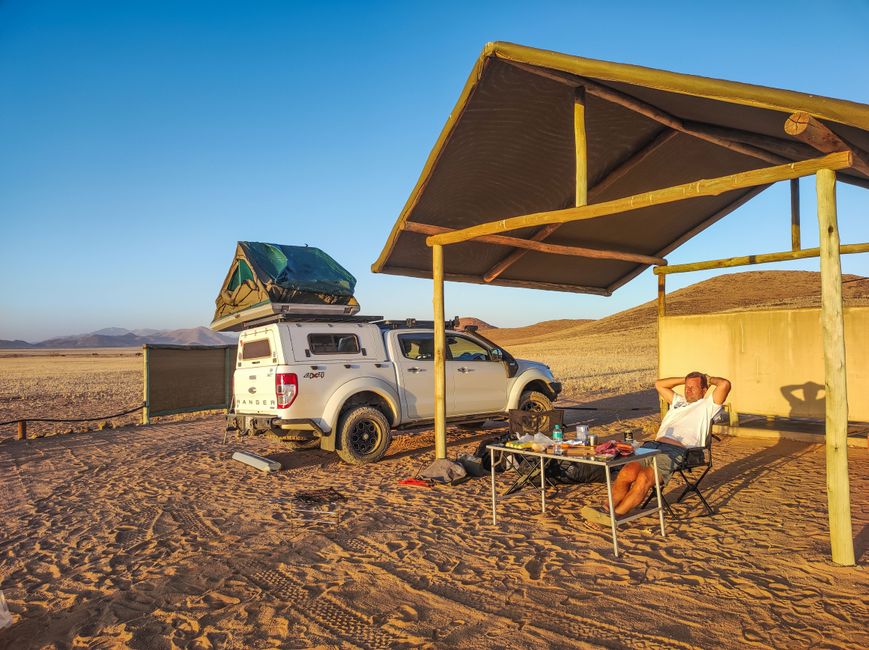
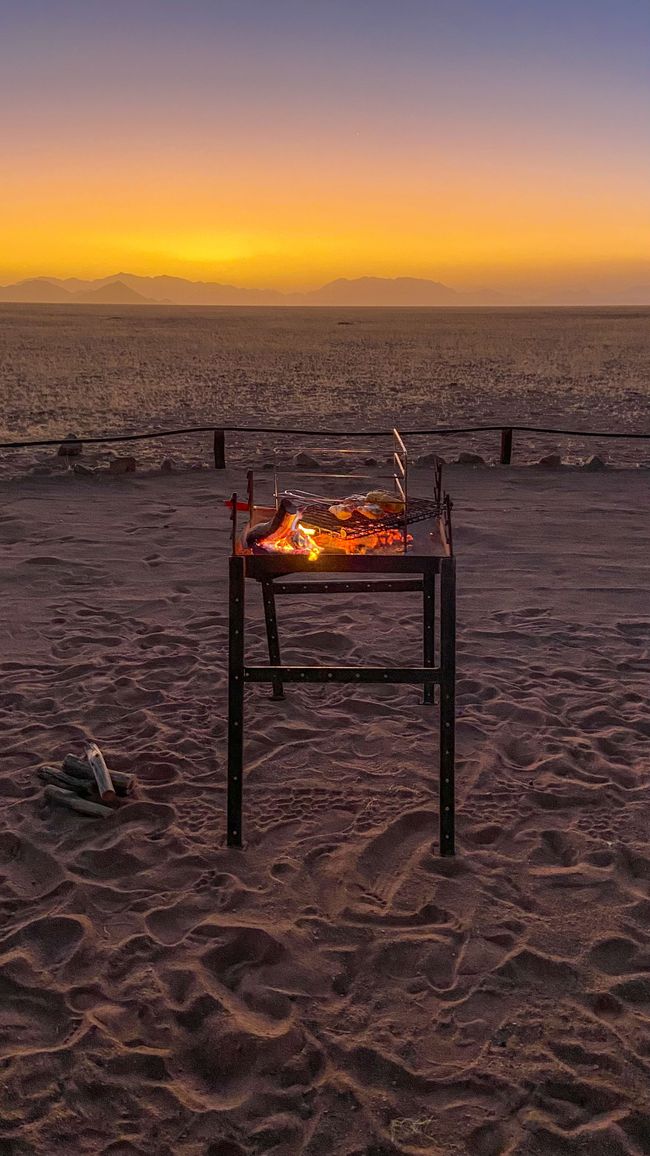
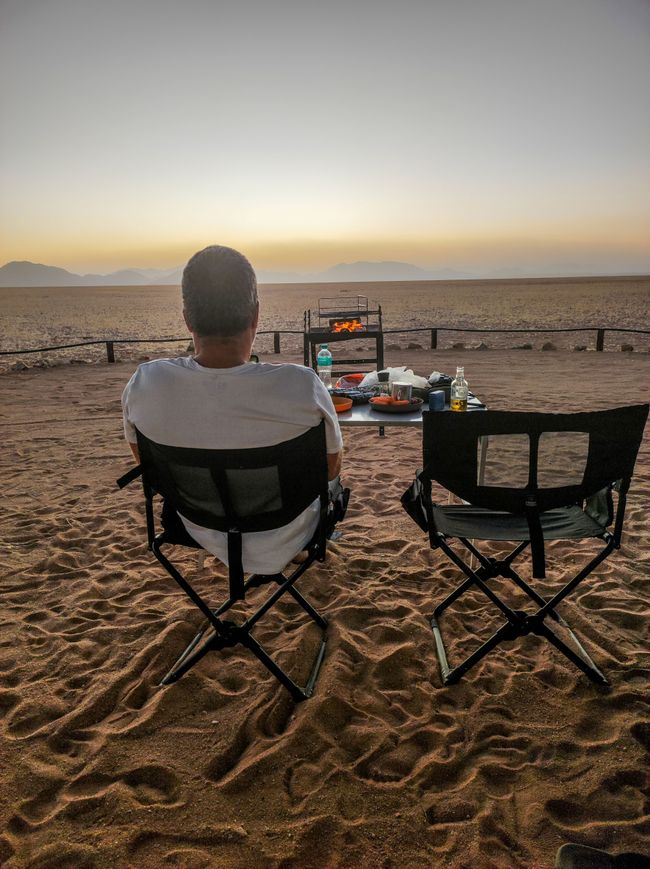
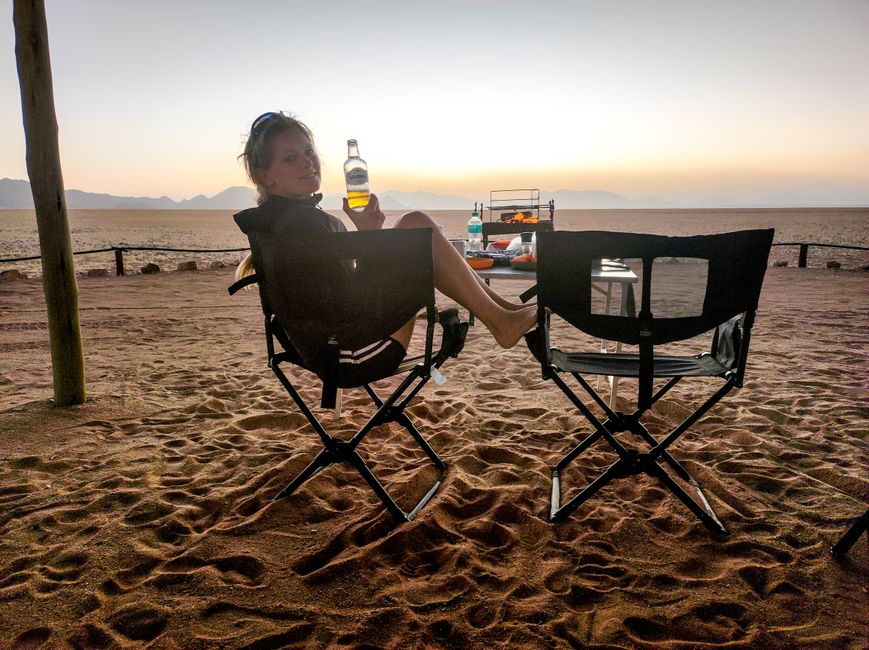
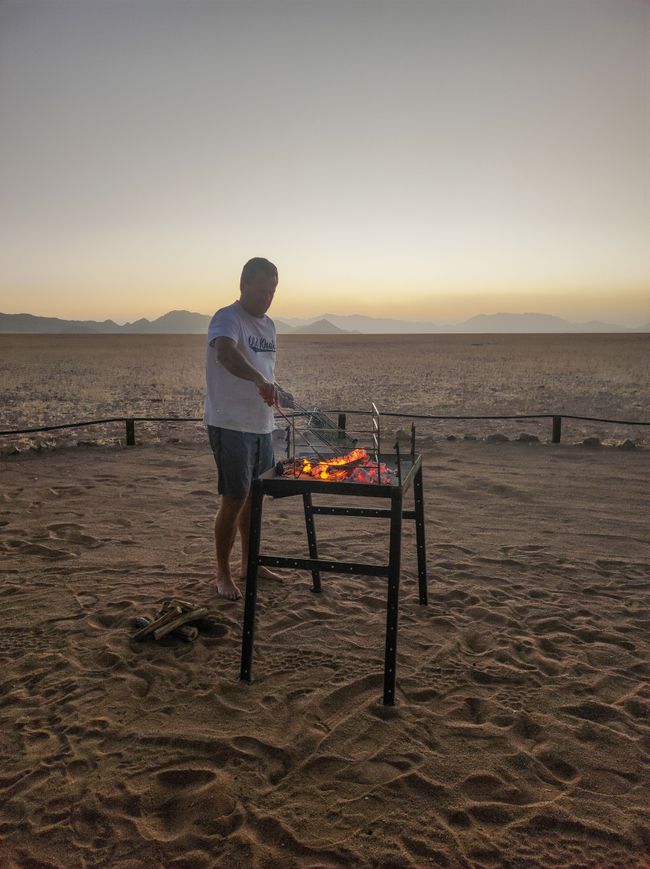
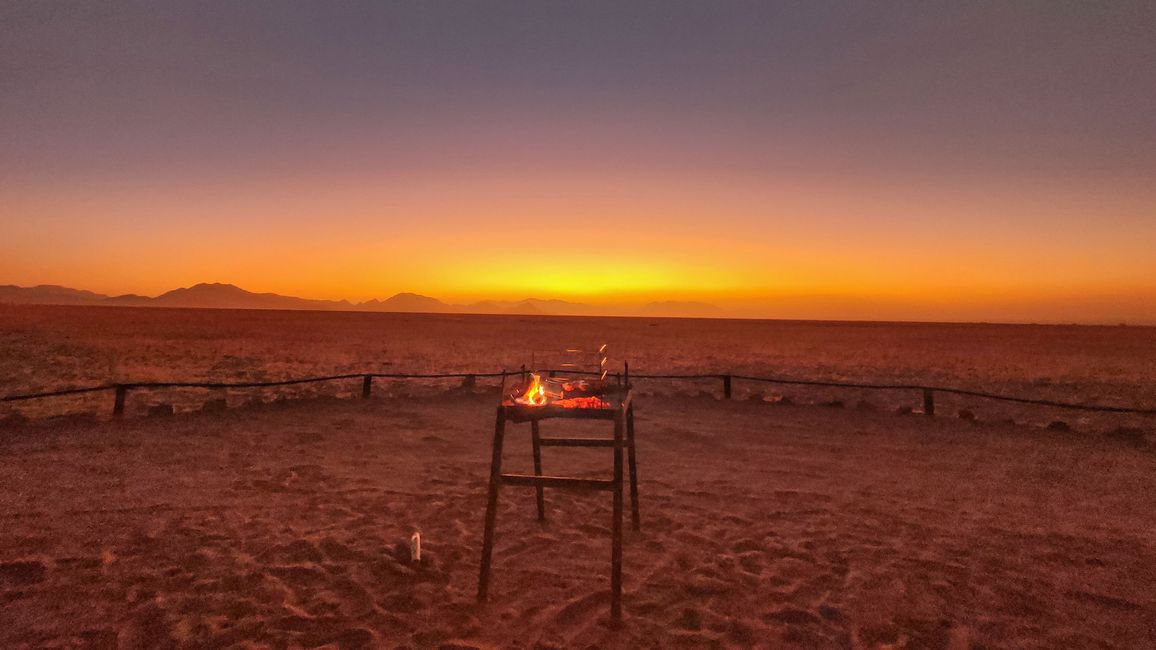
Бюллетенге жазылыңыз
Day 9, 05.01.23, from Lüderitz to Kanaan
The birthplace of modern Southwest Africa is the port city of Lüderitz - here the German history of Namibia began. The city is built on granite rocks on the coast of the stormy Atlantic Ocean. Located in a natural bay, the city is protected from the stormy waters of the Atlantic to the south/southwest by a peninsula. Lüderitz has a population of about 19,000 inhabitants today and an interesting European settlement history.
After the discovery of diamonds in the area in 1909, the city began to grow rapidly. The diamond rush was quickly in full swing and Germany declared the area around Lüderitz a restricted area. Due to the booming diamond industry, Lüderitz flourished. It was only years later that more and, above all, larger diamonds were discovered in the southern part of the restricted area, and the decline of the city was sealed. Even today, diamonds are still mined in Lüderitz, but no longer in the desert. They are found by diamond divers in the sea.
Already in the evening, we decided that Lüderitz is only a stopover for our visit to Kolmanskop. Since we are still looking for a Namibian SIM card and cash, and still need to do some shopping and refueling for our next stop, the Kanaan Desert Retreat, we make a plan for the coming day.
But first, we go to Agate Beach, where according to our host, a flock of flamingos is supposed to be found. Two species of flamingos live in the shallow water here: large flamingos and the dwarf flamingos recognizable by their red beaks. Since it is a protected area, we cannot get very close, but we enjoy the sight.
Afterwards, our supply of food and fuel for the car goes smoothly, and buying and using a SIM card is quick as well.
For the cash, we wait until a bank opens and inquire about the possibilities of getting cash with our credit cards. Surprisingly, there is an option here: the ATM. We explain our problem to the kind bank clerk, who dismisses it immediately, as he can easily free a stuck card from the ATM.
I try my luck first and the card disappears into the ATM, not without asking me for the amount, PIN, etc. A good start unfortunately without a positive ending: the action is aborted. The card did come back out, but without cash. So Cindy tries her luck, and indeed, the ATM swallows her card without returning it, immediately aborts the transaction, and then displays on the screen that this ATM is now out of order. Bewildered, we look at each other and the device.
The kind bank employee lets us know that the person responsible for the ATM will not be back for another half hour. Still in good spirits, we move on. With the knowledge that at least my card will come back out, another ATM gets a chance. With a smaller amount, we finally get our long-awaited cash. Apparently, the amount was too high on the first try. Now we just need to retrieve Cindy's card, and after 2 hours, we finally set off to our first destination: Kolmanskop, the ghost town.
Kolmanskop is an abandoned settlement located about ten kilometers east of the port city of Lüderitz. The town owes its existence to the railway workers who accidentally found the first diamonds at the neighboring Grasplatz train station in 1908. The resulting boom led to rapid growth of this initially only conceived as a camp settlement. The wealth of the residents, based on diamonds, created a mining town that had a lot of luxury - and all this in an environment that can hardly be imagined as more desolate and inhospitable. There was no water, no rain, no soil in which anything could grow, no infrastructure - only sand, regular fierce sandstorms, and relentless heat.
Despite the inhospitable environment, up to 400 people settled here, and magnificent stone houses were built according to German models. In addition to accommodations for the workers, there were administrative and service buildings. The infrastructure included a power plant, a hospital (with the first X-ray station in Africa or in the southern hemisphere in general), an ice factory for the production of block ice for the residents' refrigerators, a general store, a butcher shop, a bakery, a building called the ballroom with a theater, gym, and large kitchen, a bowling alley, and a school. There was even a seawater swimming pool and a narrow-gauge railway for the transport of goods and people within the town.
The water and everything else necessary for daily life had to be transported from Cape Town, about 1000 km away. The building materials for the houses, their furnishings, the machinery, and everything that was considered luxury in Europe at that time came from Germany and were mostly landed in Lüderitz.
The total diamond production in German South West Africa from 1908 to 1913 is estimated at 4,693,321 carats. At that time, Kolmanskop was considered the richest city in Africa, which is likely to be true given the low population. However, Kolmanskop was only a paradise for a short time.
The nearby diamond fields were soon depleted, and diamond mining gradually shifted further south. In 1930, diamond mining in Kolmanskop was completely discontinued, and the residents gradually left the place, leaving it to the desert. Over the decades, the desert reclaimed what man had wrested from it. The houses deteriorated noticeably, and sand piled up in the ruins meters high. Kolmanskop finally became a ghost town.
It was only in the 1990s, when Lüderitz also experienced an economic upturn, that Kolmanskop received renewed attention. Some worthy buildings were restored, rooms were furnished to their original condition, and an organized museum operation was gradually established. The area to the south is still a restricted area, as diamonds are still being mined there and smuggling is to be prevented.
We walk interested and fascinated through the sand of the open-air museum, visit the houses from the inside, and feel transported back to the beginnings of the 20th century.
By noon, we head to our next destination: the Kanaan Desert Retreat, an intermediate stop on the way to Sesriem and Sossusvlei. A particularly beautiful scenic road leads to this retreat, and when we arrive at the beginning, as it would have it, Cindy feels the desire to ride this beautiful stretch of road on her bike. We agree on another meeting point, and I start driving. On the way, I have to admit: it is the most beautiful stretch so far, beautiful mountains, vast fields sparkling in the light as far as the eye can see, and a red sand road on which our 4x4 seems to feel right at home, gracefully making its way through here.
When I arrive at the meeting point and comfortably settle on the back seat with a small snack, enjoying the view, I wonder how Cindy is experiencing this beautiful scenery on the bike: a means of transport with only 2 wheels, powered by only one human strength, on red sand, against the wind, at 40 degrees... A good question that actually only has one answer: I'll make my way and ride towards her, ride a little, then a little further, and finally I hear a exhausted and soft voice saying, 'Don't trust red sand!' These have been her most difficult 30 km in 2 hours, she tells me in the car while driving further after she was able to strengthen herself with a sandwich and a cola.
The hardships are quickly forgotten when we are able to observe large herds of oryx at the roadside together. And once again, there is time to expand our knowledge:
Oryx antelopes (oryx) originally spread across all dry and semi-arid regions of Africa and the Arabian Peninsula. Both genders of these large antelopes have long horns and a characteristic black face mask. Male oryx live as solitary animals, while females live in groups of up to 40 individuals. It has been observed that oryx antelopes can successfully defend themselves against large predators such as lions with their horns.
Oryx antelopes are adapted to a life without water for extended periods of time. Similar to camels, the body temperature of the animals can rise well above the typical level of 38°C for mammals without causing harm.
We are able to observe several of these beautiful animals, some even twice, as we initially couldn't find the entrance to our reserve. Finally, after a long day, we reach the Kanaan Desert Retreat and our campsite. One interesting aspect of many campsites in Namibia and South Africa are the associated ablution facilities, so that each site has its own toilet, shower, and kitchenette. In addition, the campsites are very far apart, so that you have proper privacy.
Thus, nothing can cloud the mood in such a beautiful place, we decide to sleep under the thatched roof without a tent and start our braai. One hour later, we sit in front of the fire, enjoying our meal, and, as should be expected here, savor the next sunset.
Бюллетенге жазылыңыз
Жооп
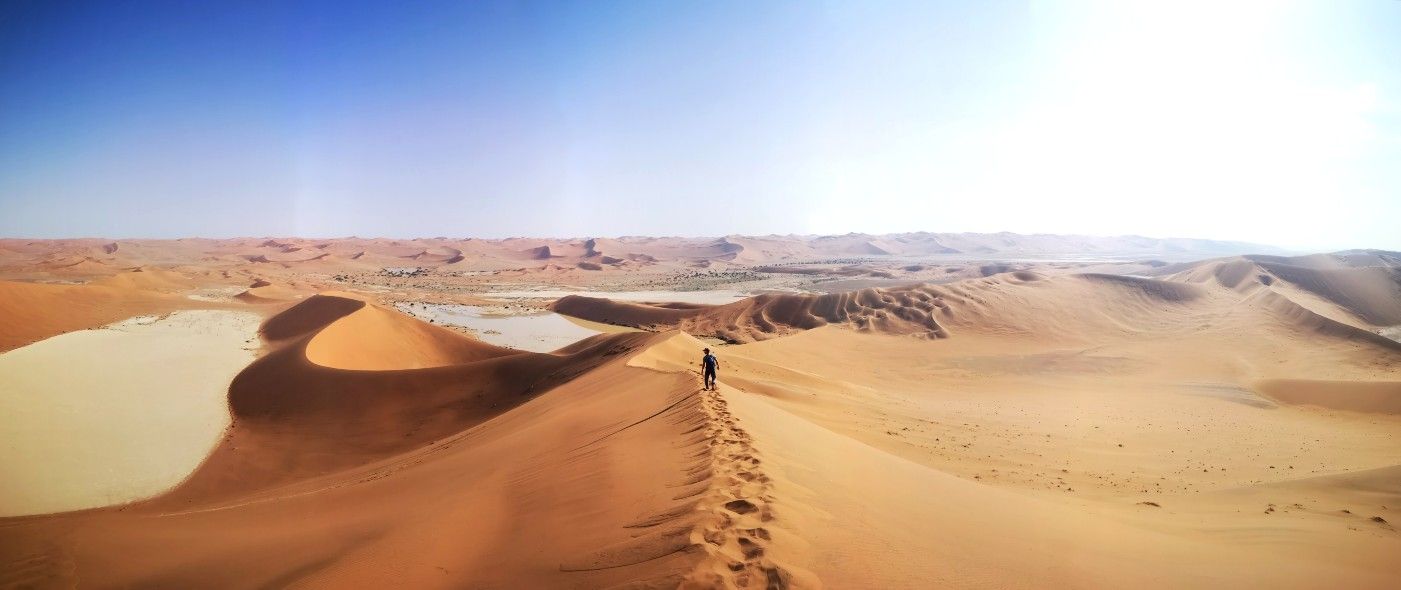
Саякат баяндамалары Намбия

